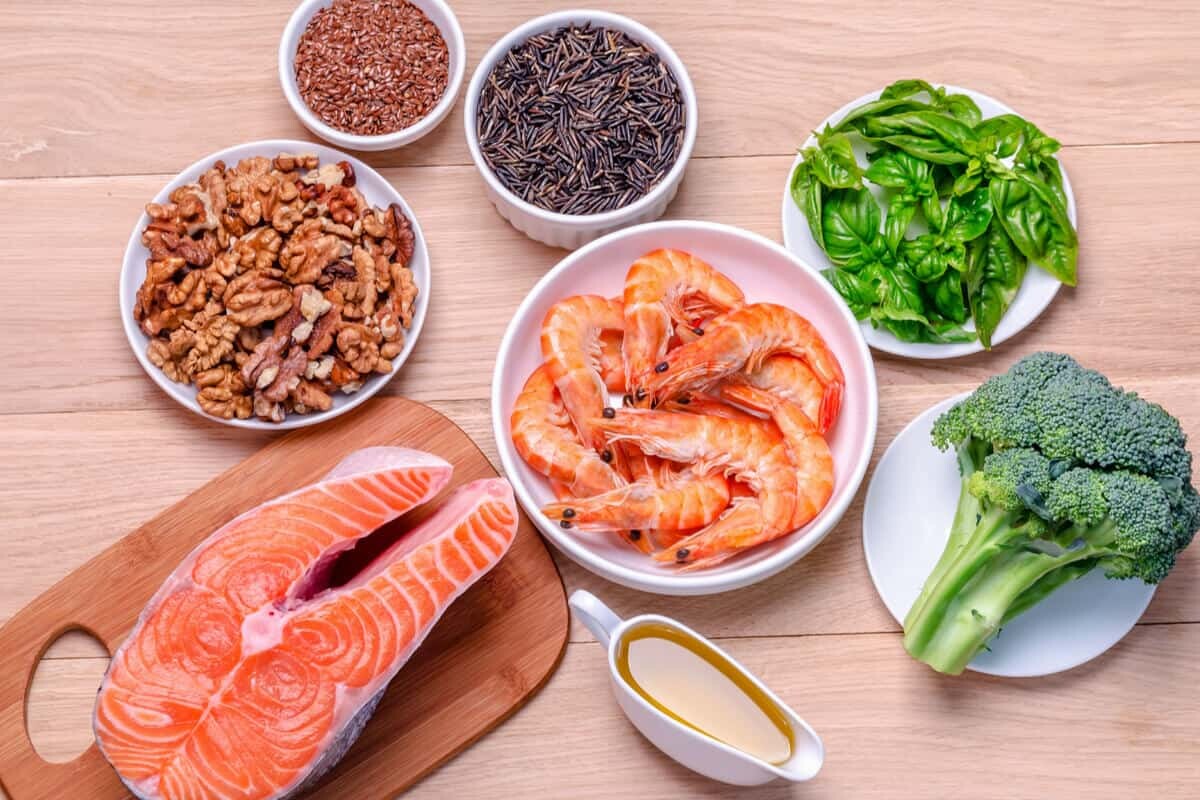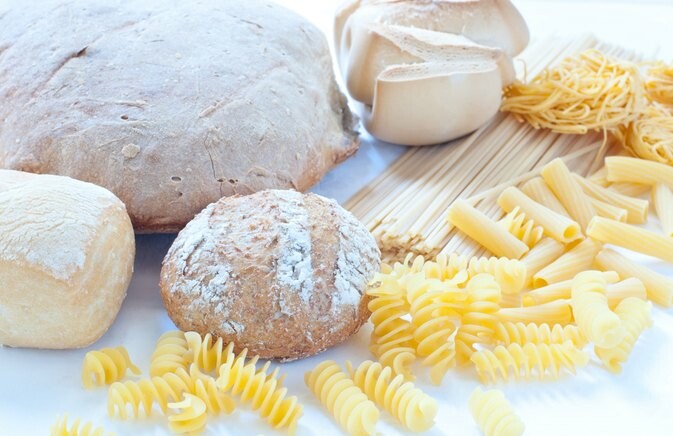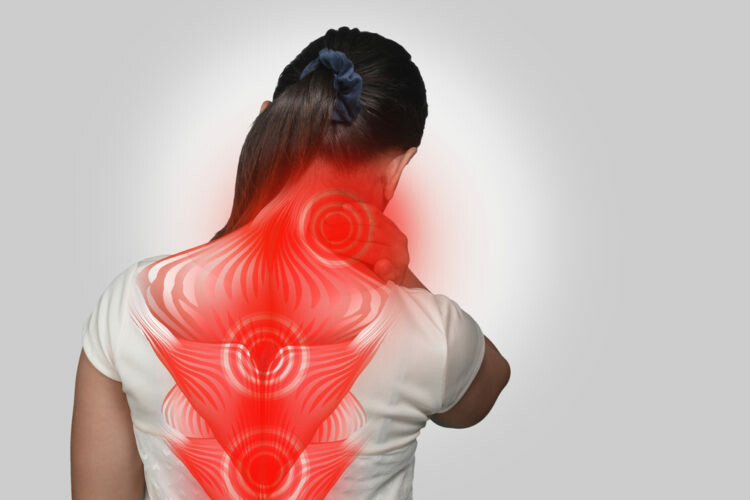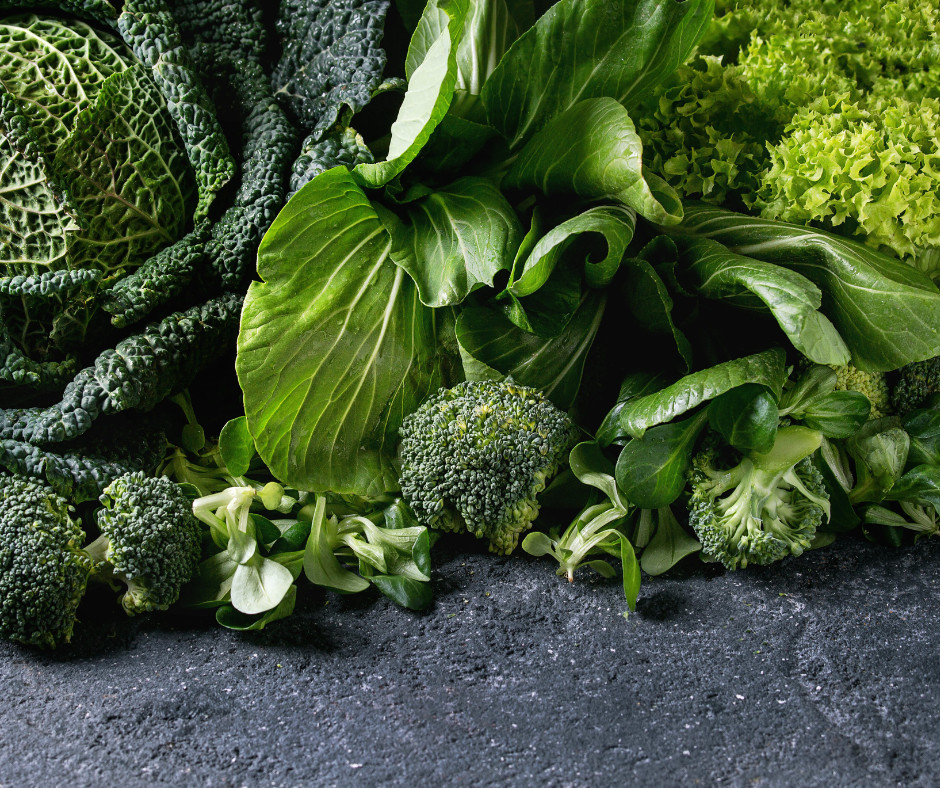
One of the best ways to prevent arthritis from worsening is to make sure to stay active and maintain a healthy weight. Exercising regularly helps keep joints flexible while keeping surrounding muscles strong, which can help relieve pressure off of the joints. Swimming and other low-impact exercise routines, such as yoga or pilates, are particularly helpful in relieving joint pain. Additionally, maintaining a healthy diet full of vitamins and minerals can assist in reducing symptoms associated with arthritis. Eating fruits and vegetables that are high in antioxidants is especially beneficial. Finally, avoiding activities that require repetitive motions or excessive strain on any joint can prevent it from becoming further inflamed or damaging its cartilage over time. By following these steps, it is possible for people with arthritis to maintain joints and reduce painful flare-ups.
Here is the link to what I use to manage my inflammation.
Get my free guide "3 ways to reduce inflammation" !
Disclaimer: The information in this article is for educational purposes only and should not be considered medical advice. Please consult with a healthcare professional before making any changes to your diet or lifestyle.

For those who have been diagnosed with arthritis, it can be difficult to know what treatments are available for symptom relief. Fortunately, exercise is one of the most well-known treatments for arthritis and can offer significant benefits. Exercise enhances joint mobility and flexibility, increases muscle strength, helps manage weight and reduces pain. Regular physical activity is an essential component for people with arthritis as it stimulates natural lubrication around the joint which in turn helps ward off any further symptoms or progression of this condition. With every bit of effort made to exercise regularly, one can easily reduce their risks of developing a more severe form of arthritis.
Here is the link to what I use to manage my inflammation.
Get my free guide "3 ways to reduce inflammation" !
Disclaimer: The information in this article is for educational purposes only and should not be considered medical advice. Please consult with a healthcare professional before making any changes to your diet or lifestyle.

Arthritis is a common and painful condition that can be exacerbated by certain dietary choices. Many people with arthritis have found that eating anti-inflammatory foods reduces their joint pain and inflammation. Examples of these anti-inflammatory foods include olive oil, fatty fish such as salmon and mackerel, leafy greens, cruciferous vegetables such as broccoli and cauliflower, avocados, nuts and seeds, garlic, turmeric or ginger root. On the other hand, there are some foods with higher levels of acidity that can aggravate inflammation in arthritis sufferers. These inflammatory foods include processed carbohydrates like white breads and pastas, fried or fast food items, artificial sweeteners or additives like high fructose corn syrup, alcoholic beverages and dairy products. Eating an overall balanced diet can help to reduce chronic joint pain associated with this condition.
Here is the link to what I use to manage my inflammation.
Get my free guide "3 ways to reduce inflammation" !
Disclaimer: The information in this article is for educational purposes only and should not be considered medical advice. Please consult with a healthcare professional before making any changes to your diet or lifestyle.

One of the fastest way to reduce joint inflammation is through cryotherapy. Also known as cold therapy, this is achieved by exposing the affected joints to extremely cold temperatures for short periods of time. Cryotherapy helps to reduce swelling and pain, while promoting faster healing of the inflamed tissue. In order to use cryotherapy safely, it is important to follow instructions provided by a healthcare professional, who can suggest how long and how often treatments should be done in order to ensure maximum benefit. Additionally, combining cryotherapy with other life-style changes such as weight loss exercise and/or dietary modifications may help reduce joint inflammation more effectively.
Here is the link to what I use to manage my inflammation.
Get my free guide "3 ways to reduce inflammation" !
Disclaimer: The information in this article is for educational purposes only and should not be considered medical advice. Please consult with a healthcare professional before making any changes to your diet or lifestyle.

Arthritis pain has been described by many as a tight, constricted feeling that can come and go in flashes, or be more persistent. It typically feels like an ache or a throbbing sensation, but can also cause sharp shooting pains. Arthritic joints may feel stiff and painful after periods of rest or inactivity, leading to limited flexibility. Other symptoms might include swelling and warmth around the joint as well as tingling or burning sensations, depending on the type of arthritis present. Ultimately, arthritis pain varies greatly from person to person and is largely dependent on lifestyle factors such as diet and exercise as well as individual threshold for discomfort.
Here is the link to what I use to manage my inflammation.
Get my free guide "3 ways to reduce inflammation" !
Disclaimer: The information in this article is for educational purposes only and should not be considered medical advice. Please consult with a healthcare professional before making any changes to your diet or lifestyle.












